This Is the Salary You Actually Need to Be Middle Class by State
Middle-class life in America comes with a different price tag depending on where you live. U.S. Census Bureau data shows that the required income range to qualify as middle class can differ by more than $30,000 between states. Here’s the breakdown, state by state.
Massachusetts: $66,565 – $199,716
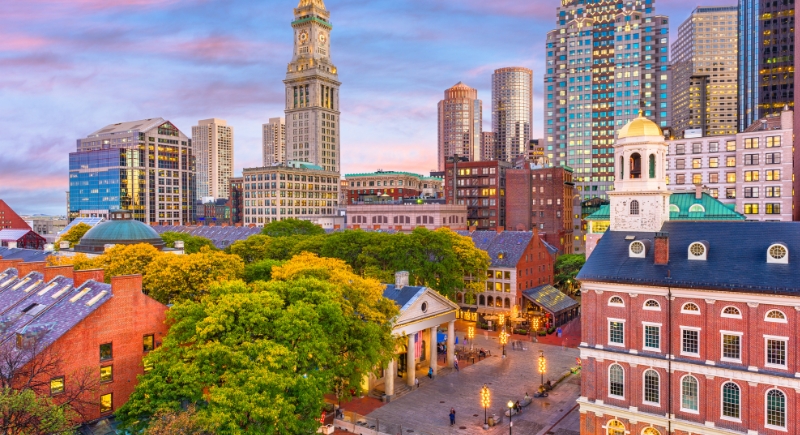
Credit: Getty Images
Boston is home to some of the most expensive real estate in the country, especially for families. Public transportation access is solid, but parking is a nightmare. Massachusetts also has some of the best public schools, which influences where people choose to live and what they’re willing to pay.
New Jersey: $66,514 – $199,562

Credit: pexels
The Garden State has the highest property taxes in the U.S., with rates averaging over 2%. It’s densely packed, with over 9 million residents in a small footprint. High wages are common near NYC, but expenses rise with them. Even bridge tolls can add up fast for commuters.
Maryland: $65,779 – $197,356
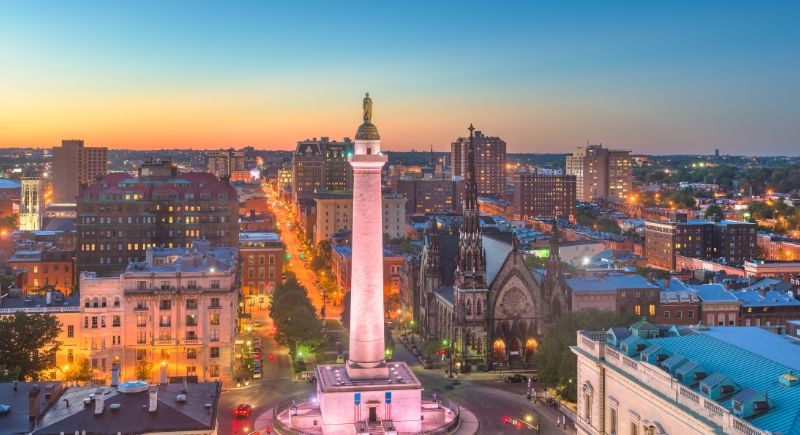
Credit: Getty Images
Maryland’s strong federal job market, especially near D.C., automatically means that average salaries are high. It’s also one of the top states for educational attainment. Cities like Bethesda and Rockville are tech-heavy and pricey. But head out west to Cumberland, and life looks very different in terms of affordability.
New Hampshire: $64,552 – $193,676
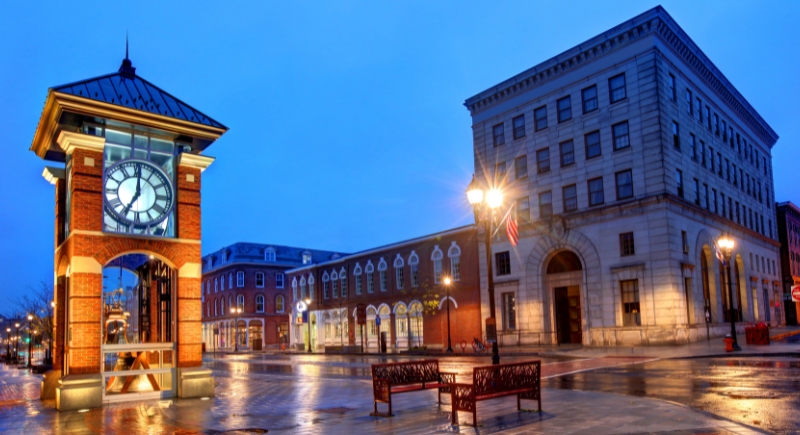
Credit: Getty Images
New Hampshire has no sales tax or income tax on wages, which helps stretch earnings. The state is heavily suburban and rural, with a big appeal for families seeking quieter communities. Still, home prices—especially near the Massachusetts border—have jumped over 30% in the last five years.
California: $63,674 – $191,042
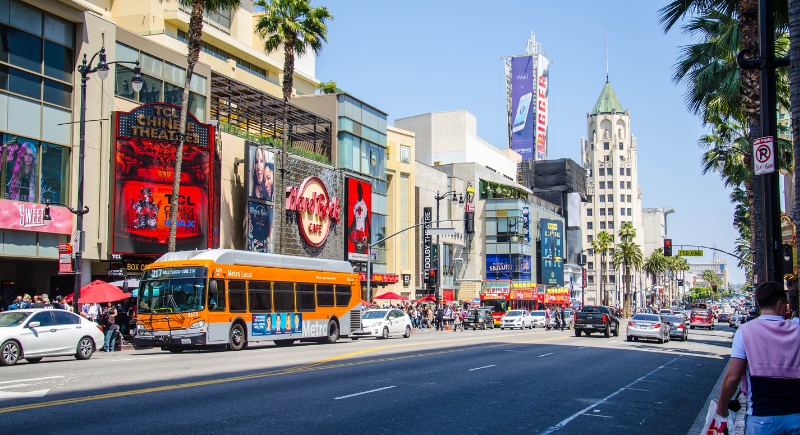
Credit: pexels
The housing shortage in California drives up rent and purchase prices more than in a few other states. The tech and entertainment jobs in the Bay Area and SoCal bring in high pay, but expenses quickly follow. Gas prices also trend higher here than anywhere else in the continental United States.
Hawaii: $63,542 – $190,644

Credit: Getty Images
Living in paradise comes at a premium. Groceries are some of the most expensive in the country due to shipping costs. Public school teachers earn more here than in most states, yet still struggle with local housing prices. Tourism boosts the economy, but it also strains infrastructure and affordability.
Washington: $63,064 – $189,210
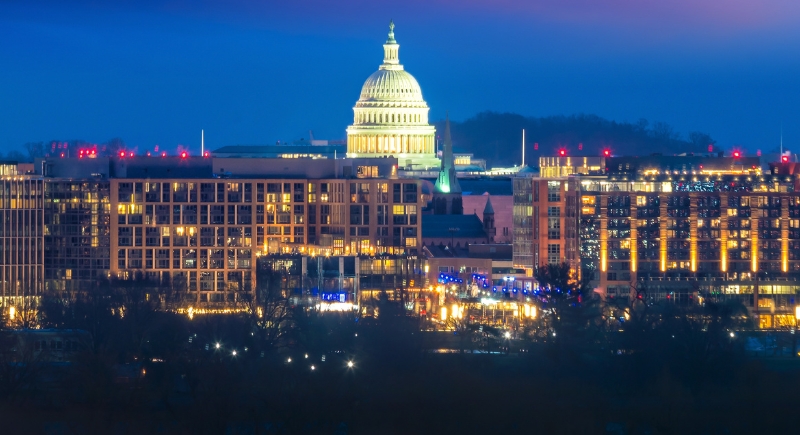
Credit: Getty Images
Seattle’s booming tech sector drives up wages and costs alike. There’s no state income tax, but high sales taxes, some over 10%, eat into take-home pay. Outdoor recreation here is unmatched, but mountain access and coastal living come with their own real estate price tags.
Utah: $62,274 – $186,842
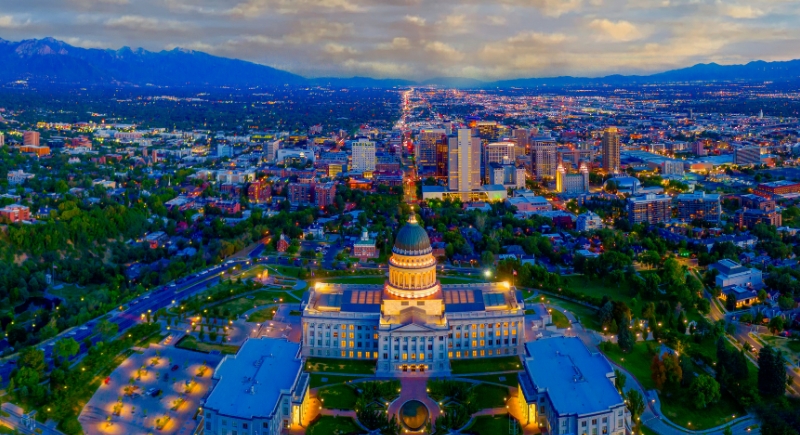
Credit: Getty Images
Utah’s population growth is among the fastest in the United States, driven by tech jobs and a family-friendly culture. Salt Lake City has become a hotbed for startups. While public lands cover two-thirds of the state, private housing has become harder to find and afford.
Colorado: $61,934 – $185,822
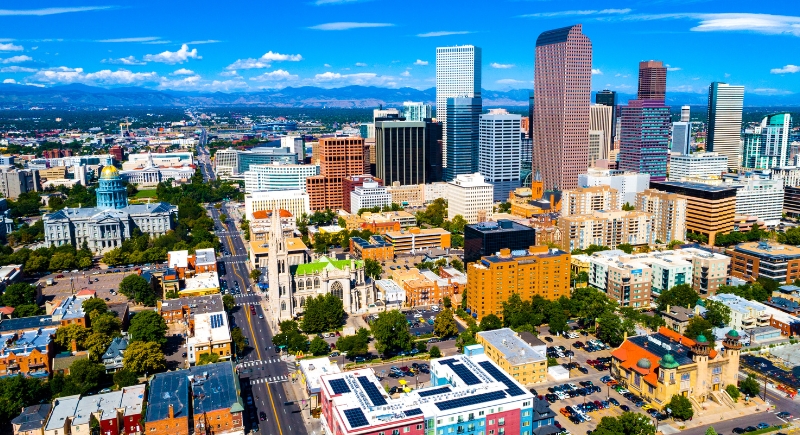
Credit: Getty Images
Over 300 days of sunshine and access to skiing attract people to Colorado, especially young professionals. Denver’s median home prices are now more than double what they were a decade ago. The state also has relatively high energy costs, which are driven in part by its elevation and cold winters.
Connecticut: $61,104 – $183,330
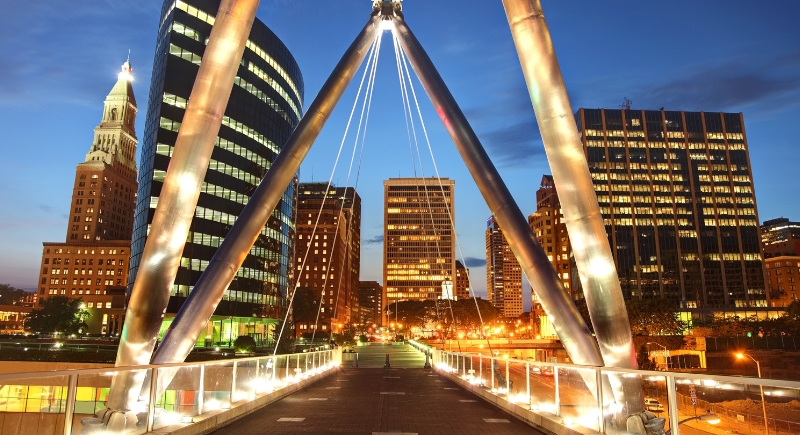
Credit: Getty Images
Home to hedge funds and financial giants, Connecticut has wide wealth gaps between towns. Fairfield County can feel like a different world compared to cities like Hartford. Property taxes and private school tuition make budgeting tough for middle-income households trying to keep pace.
Virginia: $59,948 – $179,862
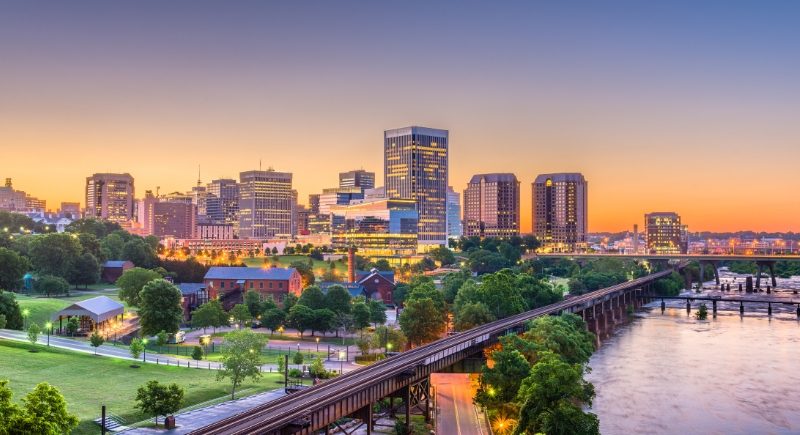
Credit: Getty Images
Northern Virginia is tightly tied to federal employment, with many high-paying government and contractor jobs. However, housing near Washington, D.C. is incredibly expensive. The state’s southern and western regions remain much more affordable but lack the same level of job access and healthcare services.
Alaska: $57,748 – $173,262
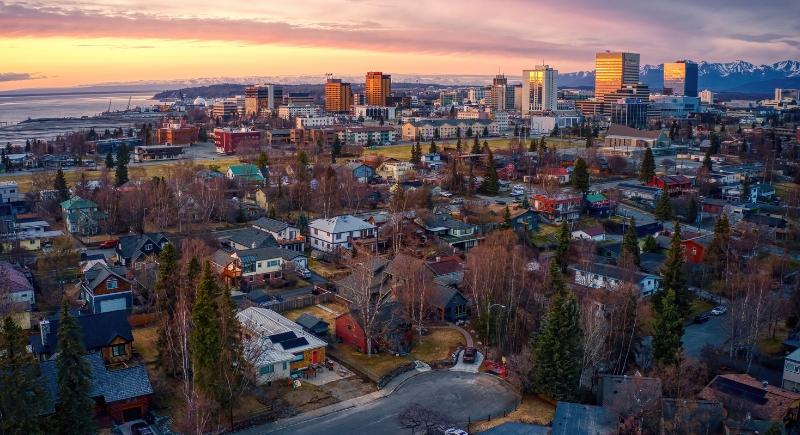
Credit: Getty Images
Everything costs more in Alaska, from milk to internet, because of the remote location. Many communities are accessible only by plane or boat. While the state pays residents an annual oil dividend, it doesn’t cancel out the expenses tied to harsh winters and limited services.
Minnesota: $56,718 – $170,172

Credit: pexels
Minneapolis has a strong labor market in healthcare, manufacturing, and education. Yet cold winters bring high heating costs. Public transit is improving, but car ownership remains essential in most areas. State income tax rates rank among the highest in the Midwest.
Rhode Island: $56,642 – $169,944
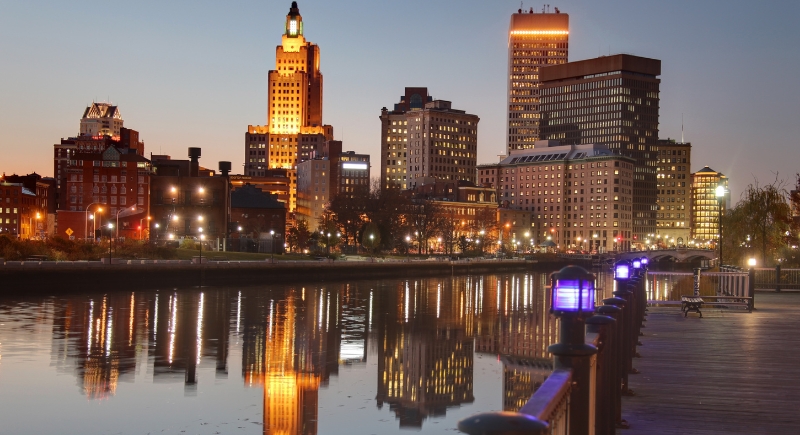
Credit: Getty Images
Although small in size, Rhode Island still offers a high cost of living. Providence has experienced a significant housing boom, and even beach towns are becoming increasingly pricey. Job opportunities are growing in healthcare and education, but the overall economy remains less diverse than that of other Northeast states.
New York: $54,725 – $164,190
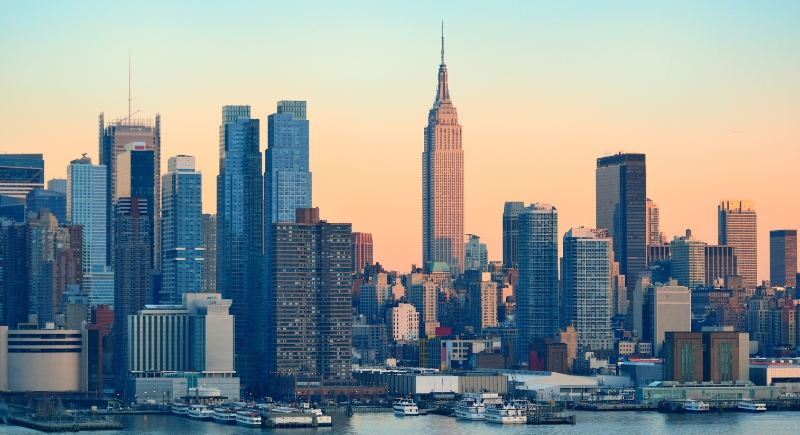
Credit: Getty Images
Living in the state of New York is about extremes. Rent in Manhattan can exceed $4,000 a month, while upstate towns face job scarcity and population decline. State income taxes go up to nearly 11%, among the highest in the country. Public transit shines in the city—but not elsewhere.
Delaware: $54,235 – $162,722
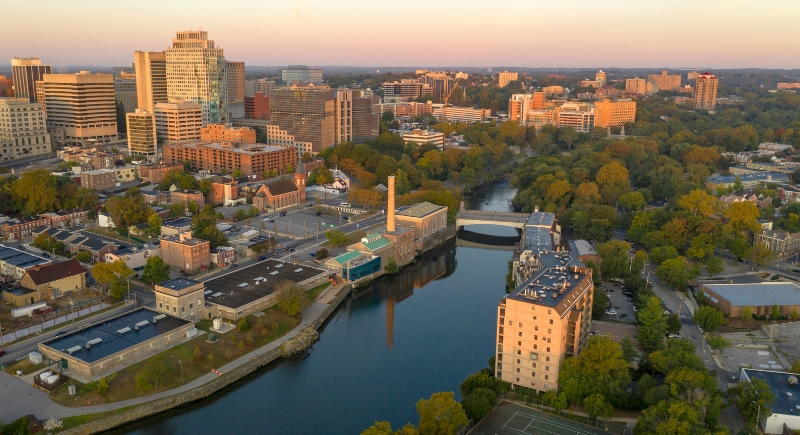
Credit: Real Window Media
With no sales tax, Delaware helps stretch a paycheck further. Wilmington offers solid finance jobs, while the beach towns get expensive in summer. Housing remains more affordable than in neighboring states, but medical care costs are increasing steadily, especially for aging residents who rely on fixed or limited incomes.
Vermont: $54,135 – $162,422
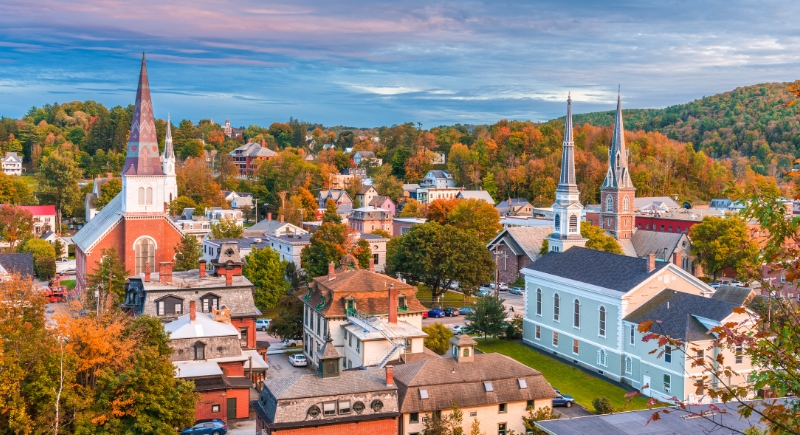
Credit: Getty Images
Vermont is defined by its rural charm and progressive politics. However, its housing inventory is low, driving up prices. The state’s winters are long and cold, which means big utility bills. Healthcare access is generally good, but getting to appointments often requires long drives due to the limited availability of local clinics.
Illinois: $53,532 – $160,612
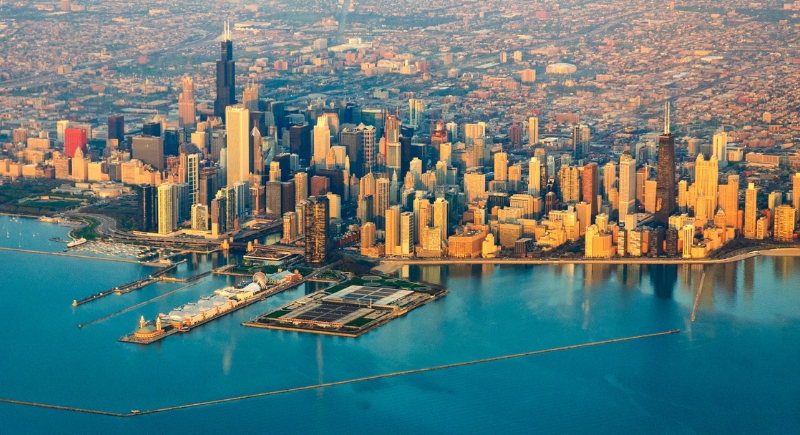
Credit: Getty Images
Chicago dominates Illinois’ economy, and its costs reflect that. Public transit is a plus in the city, but property taxes are among the highest in the country. Downstate Illinois feels like a different economy altogether, where home prices can be 70% lower and job opportunities vary significantly by region.
Oregon: $53,435 – $160,320

Credit: Getty Images
Oregon’s housing crunch started with Portland and hasn’t let up. While there’s no sales tax, income taxes take a decent chunk. Outdoor living and green policies attract many, but rising homelessness and infrastructure issues are growing concerns across the metro areas, especially in Portland and Eugene, over recent years.
Arizona: $51,538 – $154,630
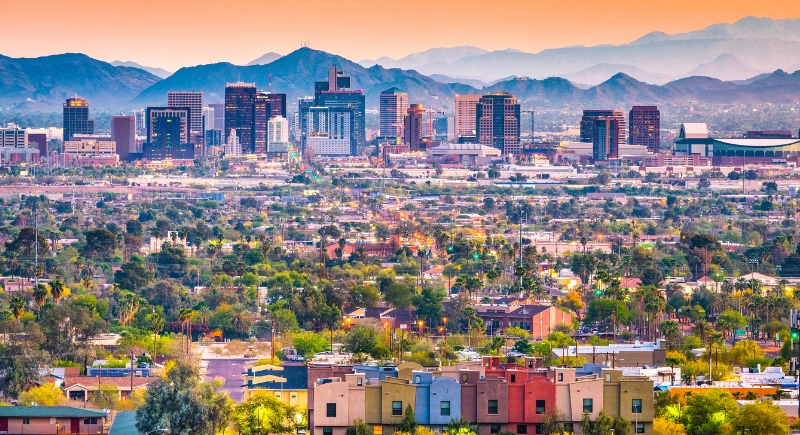
Credit: Getty Images
Phoenix is one of the fastest-growing metro areas in the U.S. This boom is pushing up rents and home prices. Energy bills soar in the summer months due to air conditioning needs. Job growth is steady in health and construction, but wages haven’t quite kept pace.
North Dakota: $51,012 – $153,050
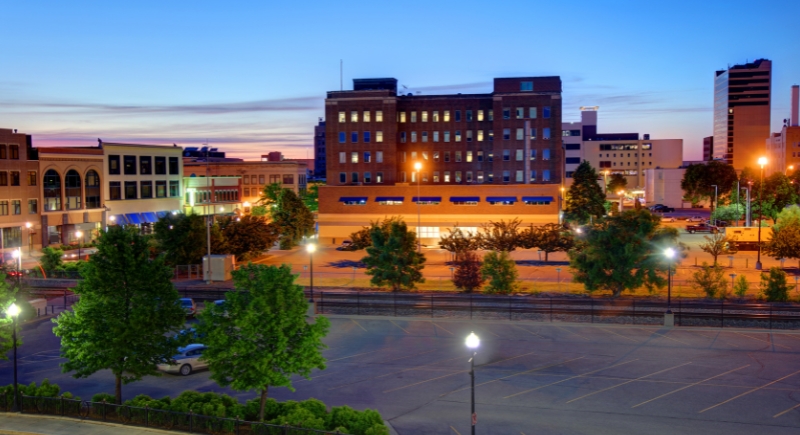
Credit: Getty Images
Oil and gas drive North Dakota’s economy, but it’s also prone to market swings. Winters are brutal, and isolation is real in many parts of the state. Healthcare is excellent in Fargo and Bismarck, but limited elsewhere. Housing costs remain low, even in regions experiencing growth.
Nevada: $50,904 – $152,728

Credit: pixabay
Beyond the Strip, Nevada’s economy relies on logistics and construction. Las Vegas is becoming increasingly expensive, particularly for renters facing limited housing options. Water scarcity is becoming a long-term concern, especially around Lake Mead and the Colorado River. Low taxes help, but inflation is cutting into household budgets statewide every month.
Texas: $50,515 – $151,560

Credit: Getty Images
Texas has no state income tax, which sounds great—until you look at property taxes and insurance. Austin’s cost of living has surged thanks to tech influxes, while smaller cities remain relatively affordable. Rapid growth has strained the infrastructure, schools, and healthcare systems throughout the state.
Idaho: $49,956 – $149,884
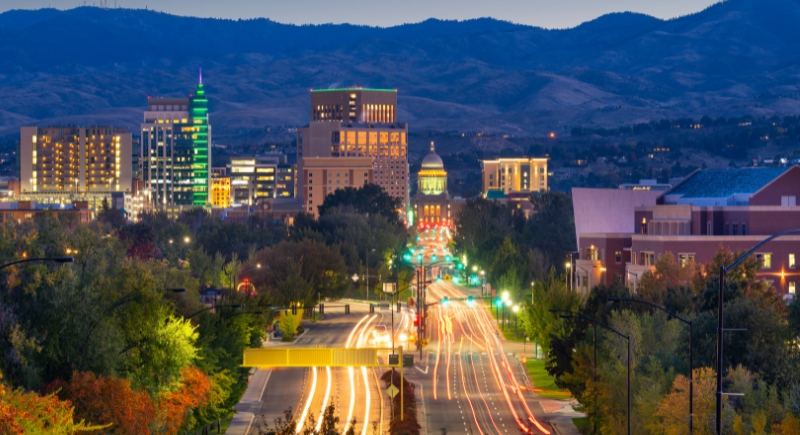
Credit: Getty Images
Idaho’s housing market has exploded in recent years, especially in Boise and its surrounding suburbs. The state’s outdoorsy appeal is strong, but job options are mostly in agriculture, healthcare, and service sectors. Many new residents arrive from California, which brings in cash but raises competition in local markets for available homes.
Georgia: $49,750 – $149,264

Credit: pexels
Atlanta, Georgia, is a logistics and film production powerhouse. However, rent here has spiked across the metro area. Public transit exists, but it is limited. Healthcare is expensive, and education funding lags behind national averages. Southern Georgia remains more affordable but with fewer economic opportunities.
Wisconsin: $49,749 – $149,262
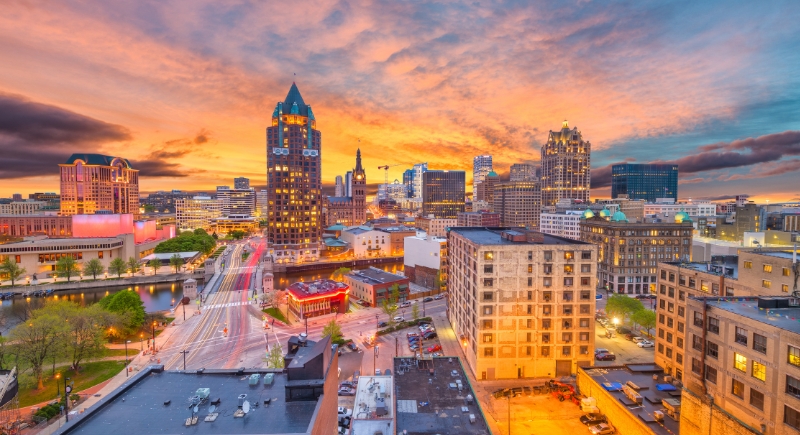
Credit: Getty Images
Milwaukee and Madison lead Wisconsin in economic activity. The state still has a strong manufacturing base, and healthcare is one of its fastest-growing sectors. Winters are long and cold, and utilities take up a chunk of the budget. Groceries also tend to be more expensive in rural counties.
Nebraska: $49,722 – $149,180
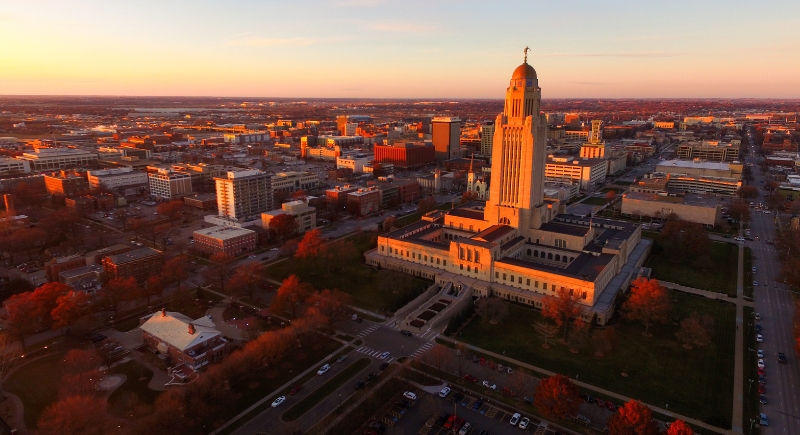
Credit: Getty Images
Nebraska keeps housing costs low, especially outside Omaha, where prices remain stable. Agriculture and insurance are top industries with long-term employment potential. The state has strong employment rates, but its flat income tax means lower-income families feel the pinch. Weather extremes, ranging from heat waves to blizzards, also significantly impact household utility budgets.
Pennsylvania: $49,211 – $147,648
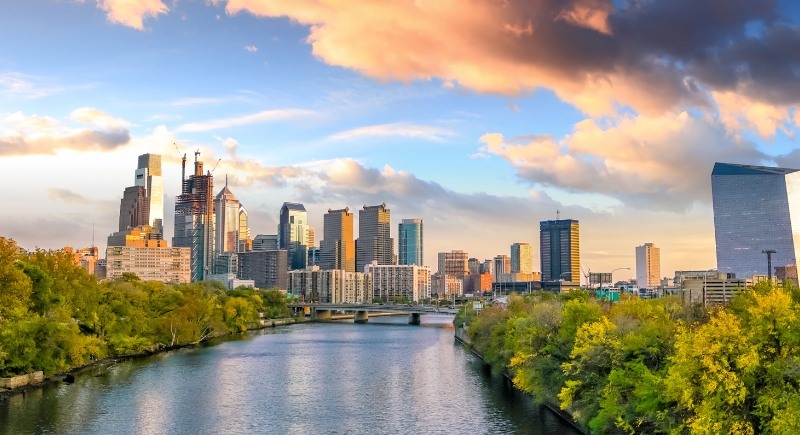
Credit: Getty Images
Philadelphia brings high housing and transit costs, while central Pennsylvania offers more room to stretch a paycheck. Public transportation is available, but its coverage is often limited. Education is a mixed bag, with good schools in wealthier districts and underfunded ones in rural areas. Property tax rates also vary widely by school district.
Maine: $49,150 – $147,466
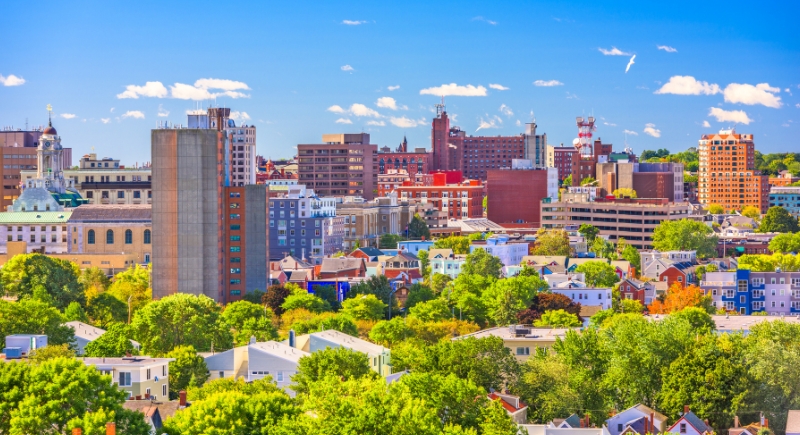
Credit: Getty Images
Maine’s aging population increases demand for healthcare services. Housing near the coast has become unaffordable for many locals due to the influx of vacation home buyers. Internet access in rural areas is still spotty. Winters mean high heating costs, especially in homes using oil rather than gas, which is still quite common.
Florida: $48,869 – $146,622
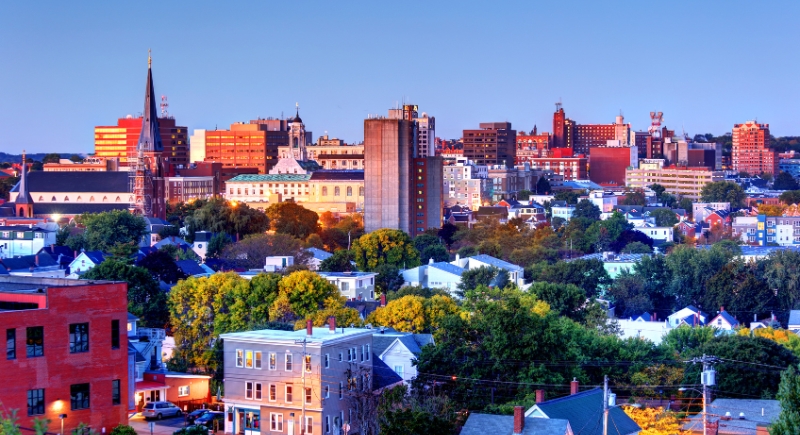
Credit: Getty Images
Tourism drives Florida’s economy, but it also comes with many service jobs with lower pay. Home insurance rates are the highest in the U.S., driven by hurricanes and flooding risks. Rent has skyrocketed in Orlando and Miami, which continues to push longtime residents out of core neighborhoods as demand continues rising.
Wyoming: $48,272 – $144,830
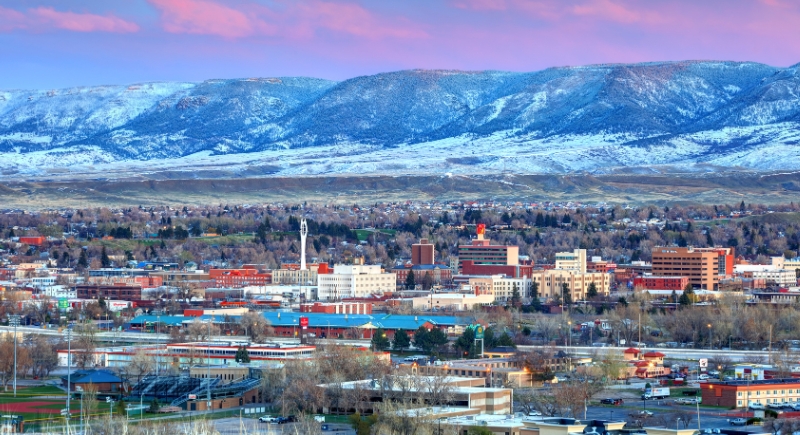
Credit: Getty Images
With the lowest population in the U.S., Wyoming offers space but limited services. Property taxes are low, but energy prices fluctuate. Tourism and natural resources are key industries. Public school funding relies heavily on mineral taxes, so there’s instability in boom-bust cycles that depend on fossil fuel markets.
South Dakota: $47,869 – $143,620
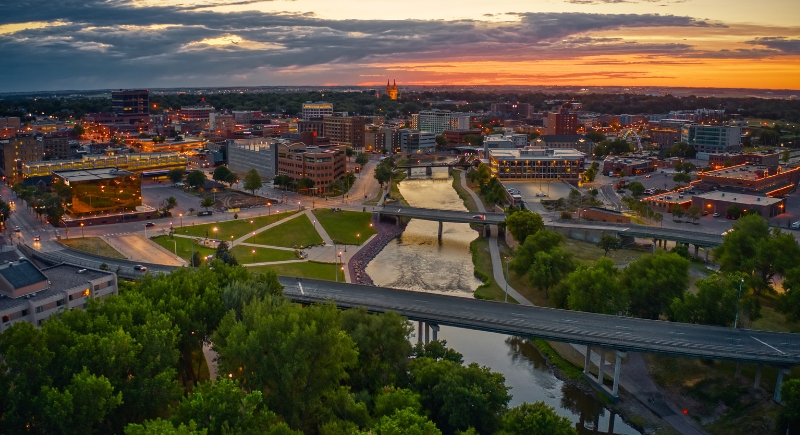
Credit: Getty Images
South Dakota has no state income tax, and property taxes remain moderate. Healthcare is hard to access in rural areas. Sioux Falls and Rapid City are economic centers, but wages haven’t risen fast. Agriculture remains the leading sector of the economy, with weather influencing seasonal income.
Iowa: $47,617 – $142,866
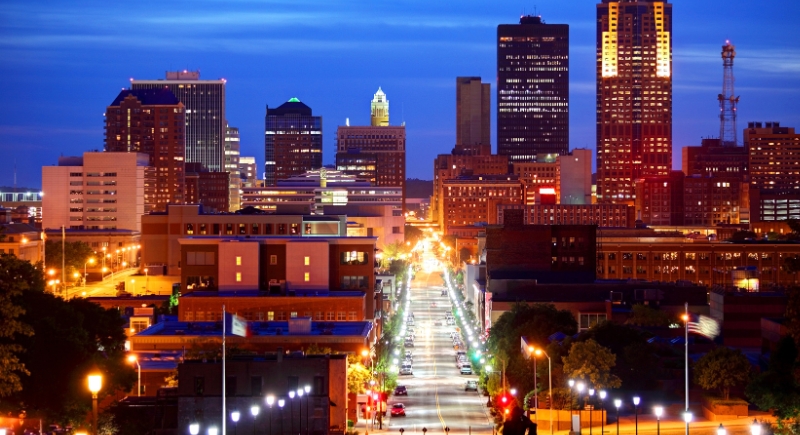
Credit: Getty Images
Des Moines is a financial hub, with insurance and agriculture technology firms offering stable employment. Iowa has one of the lowest crime rates in the country. However, many rural counties are experiencing population loss, and infrastructure upgrades are slow to reach them due to funding gaps and political delays.
Montana: $47,198 – $141,608
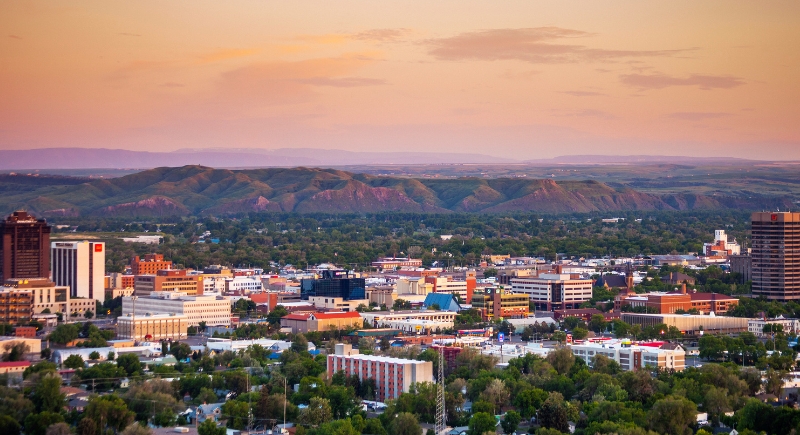
Credit: Getty Images
Home prices in Montana have jumped more than 50% in five years, especially in Missoula and Bozeman. Many residents work multiple jobs. Long winters raise utility bills, and broadband access is limited outside cities. Wildfire season also adds costs and stress for many homeowners across the western region.
North Carolina: $47,198 – $141,608
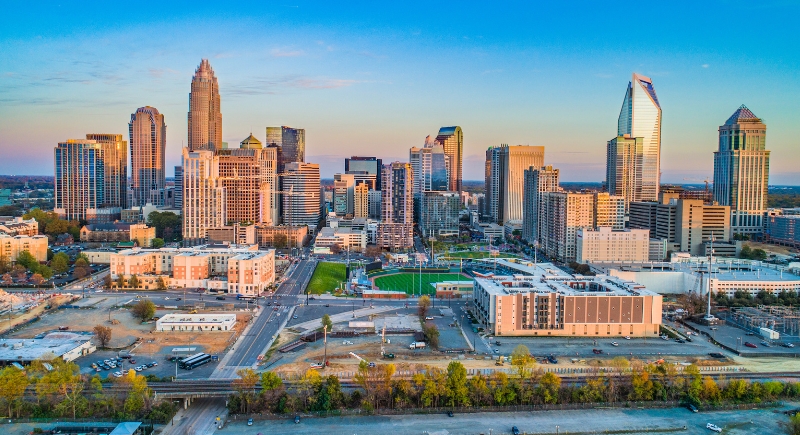
Credit: Getty Images
The Research Triangle’s tech sector continues to grow while bringing high salaries and high housing prices. Rural counties are facing job shortages and school closures. Healthcare access varies widely depending on where you live, and public transit is limited to metro regions like Raleigh and Charlotte.
Kansas: $46,884 – $140,666

Credit: Getty Images
Kansas City’s suburbs are booming, but most of the state remains quiet. Agricultural exports still matter. Tornadoes and storms raise home insurance costs. Public school spending ranks in the lower half of states, which affects family relocation choices and school quality in smaller towns and rural public districts.
Indiana: $46,313 – $138,954
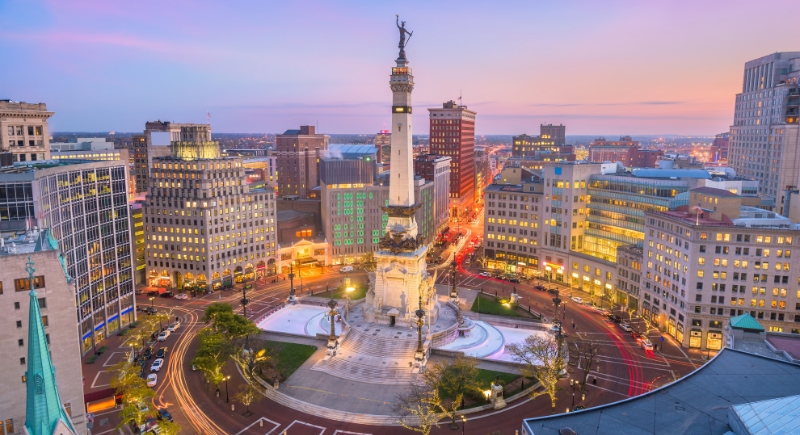
Credit: Getty Images
Wages haven’t increased as fast as rent in Indianapolis. Manufacturing towns have either adapted to or struggled with the changes, depending on the region. The state’s flat tax system makes budgeting more predictable but less flexible for low-income earners who spend a higher proportion of their income on essentials like rent.
Michigan: $46,117 – $138,366
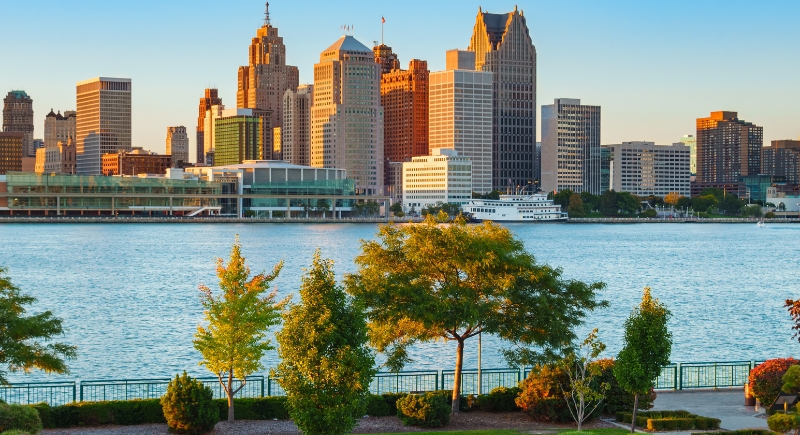
Credit: Getty Images
Detroit’s renaissance has been uneven, with new development alongside struggling neighborhoods. Car manufacturing still dominates the job market. The Upper Peninsula is beautiful, but it is hard to access and lacks adequate services. Weather can be severe, and snow removal costs eat into municipal and household budgets every winter season.
Missouri: $45,692 – $137,090
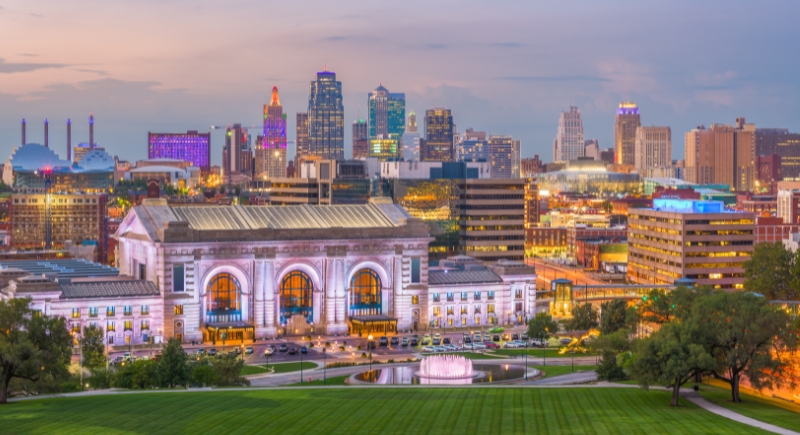
Credit: Getty Images
St. Louis and Kansas City offer job diversity, but crime rates affect housing decisions. Healthcare systems are strong in urban areas. Public transit exists, but it is limited. The cost of living is relatively low, especially outside major cities, where smaller towns still have affordable housing and slower-paced lifestyles.
South Carolina: $45,198 – $135,608
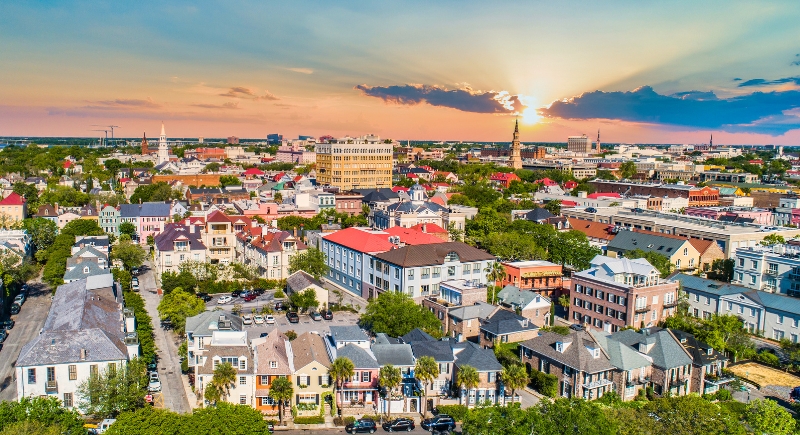
Credit: Getty Images
Charleston’s charm comes with high rent and insurance bills. Inland areas, such as Spartanburg, are more affordable. The state has lower teacher pay than the national average, and many rural hospitals are closing. Flood zones and hurricane threats also increase costs for homeowners near coastal regions and rivers.
Ohio: $45,175 – $135,538

Credit: Getty Images
Cleveland’s housing is still affordable, but utilities and food costs are climbing. The state has one of the largest highway networks in the country, but public transit is limited. Manufacturing and healthcare jobs lead the way, but union jobs are fewer now than a decade ago.
Tennessee: $45,083 – $135,262
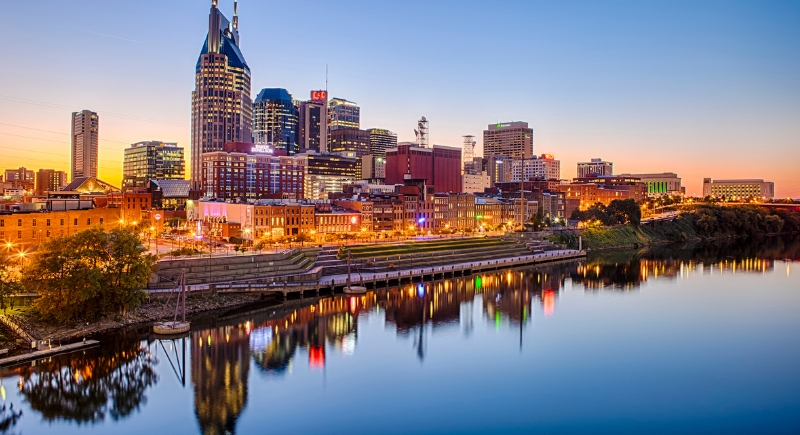
Credit: Getty Images
The music and healthcare industries attract newcomers to Nashville, but housing is becoming increasingly unaffordable. There is no state income tax, which is helpful, but the sales tax is over 9%. Education funding ranks in the bottom third nationally and affects family budgets through the need for private school alternatives.
New Mexico: $41,508 – $124,536
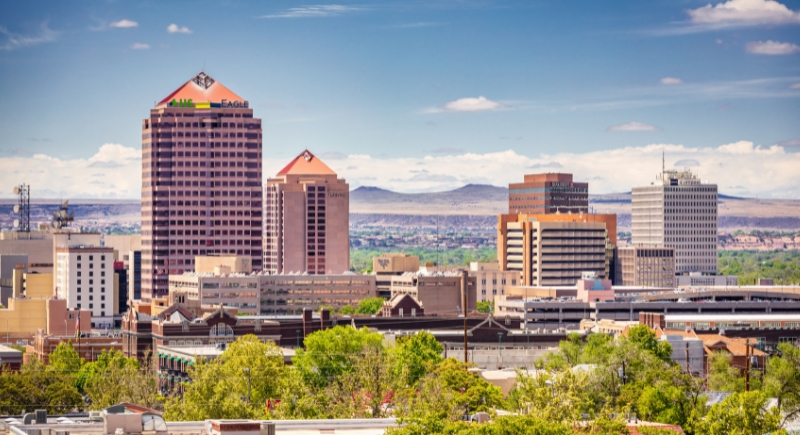
Credit: Getty Images
New Mexico faces one of the highest poverty rates in the country. Job options are concentrated in Albuquerque and Santa Fe. Public services can be limited in rural areas. The state has strong cultural institutions, but they often fail to translate into widespread economic opportunities.
Alabama: $41,471 – $124,424
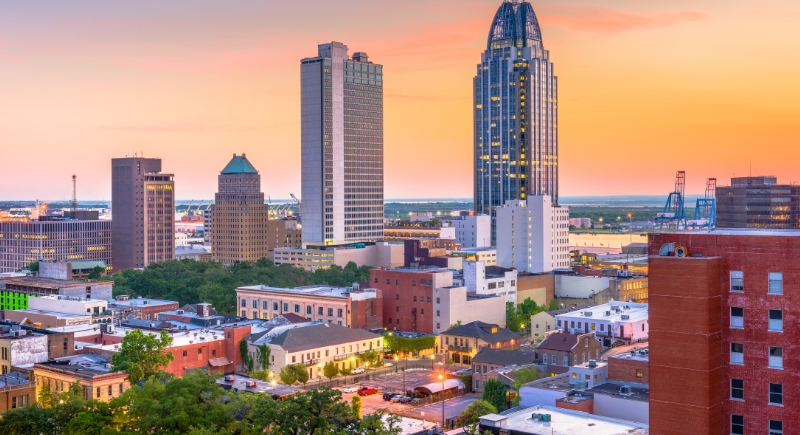
Credit: Getty Images
Birmingham and Huntsville offer jobs in healthcare and defense, but many towns are shrinking. Public school funding is low, and Medicaid expansion remains a topic of debate. Utilities are average, but wages haven’t kept up with food and rent increases, especially in areas with fewer job options.
Oklahoma: $41,421 – $124,276
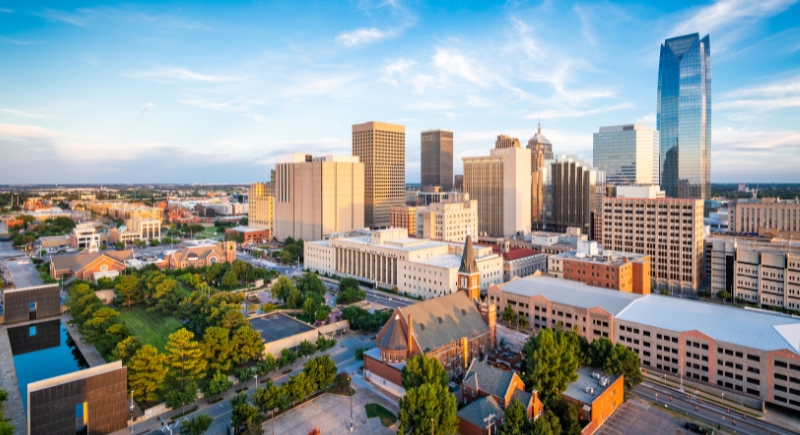
Credit: Getty Images
Oklahoma’s weather brings both drought and tornado damage. Jobs are strong in energy and aviation, but wages remain flat. Tulsa’s revitalization is a bright spot, while rural towns face school consolidation and hospital closures. Property taxes are low, but healthcare premiums are high and continue to rise steadily.
Kentucky: $40,741 – $122,236
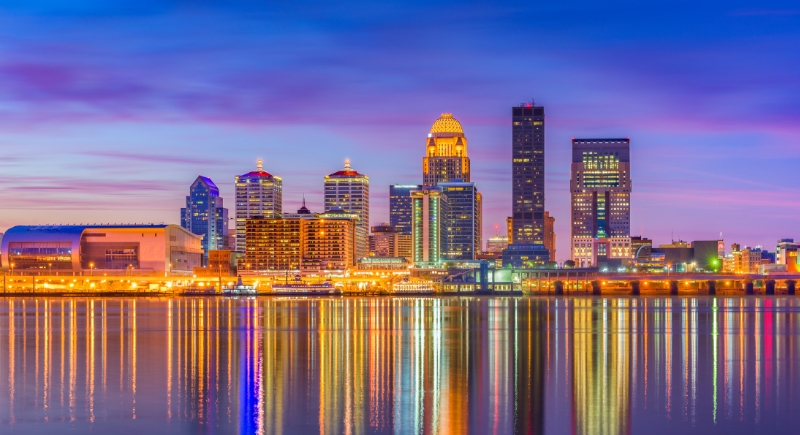
Credit: Getty Images
Coal no longer dominates Kentucky’s economy, but transition jobs haven’t filled the gap. Louisville and Lexington experience the most growth, while Appalachia struggles. Public health rankings are low, with high rates of diabetes and smoking. Broadband internet is improving, but coverage remains patchy in mountain regions.
Arkansas: $39,129 – $117,400
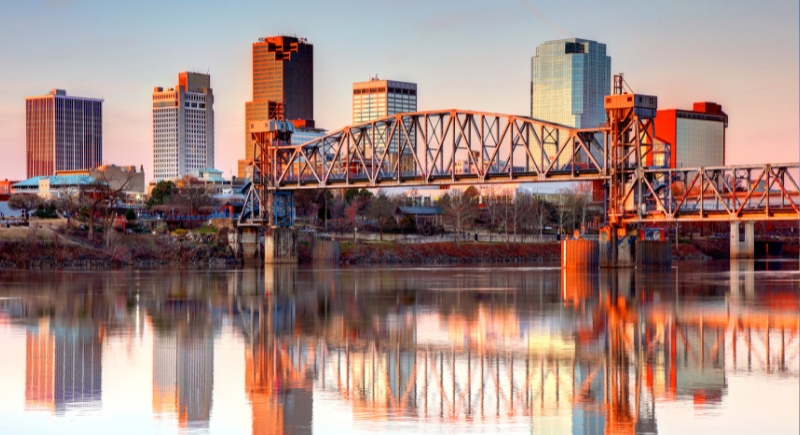
Credit: Getty Images
Walmart’s headquarters brought lots of corporate jobs to Bentonville, but many areas still depend on agriculture. Little Rock faces challenges in both crime and its school district. Internet access is uneven across the state. On the bright side, food and fuel costs remain lower than average.
Louisiana: $38,815 – $116,458
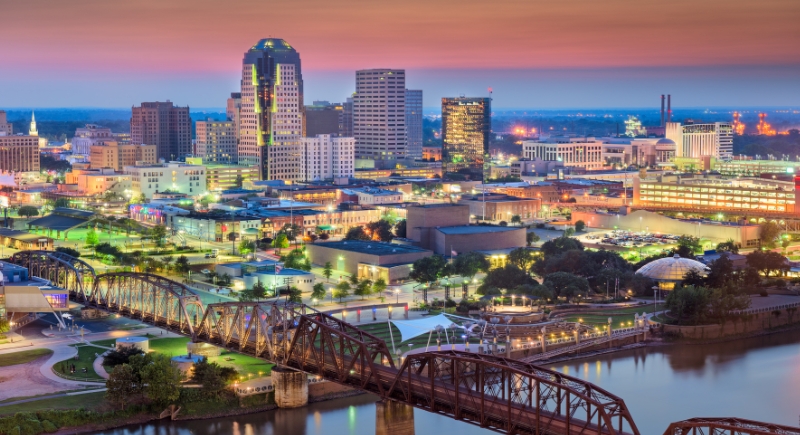
Credit: Getty Images
New Orleans attracts tourists and music, but it also faces infrastructure issues and rising rent. Flood insurance is a must, but it’s expensive. Outside the city, opportunities are limited. Education outcomes lag behind, and public safety concerns persist, especially in parishes where tax revenues remain inconsistent.
West Virginia: $37,295 – $111,896
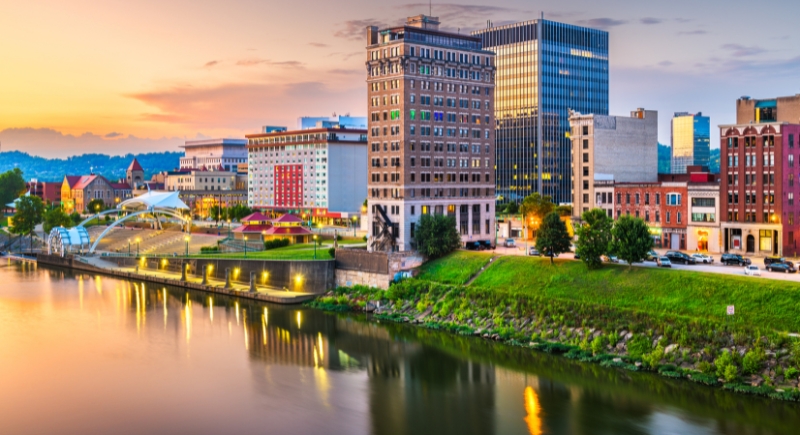
Credit: Getty Images
West Virginia has seen population loss for years. Coal’s decline left a void not yet filled. The state has high obesity rates and limited access to quality healthcare. Beautiful scenery attracts retirees, but young professionals often leave for better job prospects and higher wages in nearby states.
Mississippi: $36,132 – $108,406
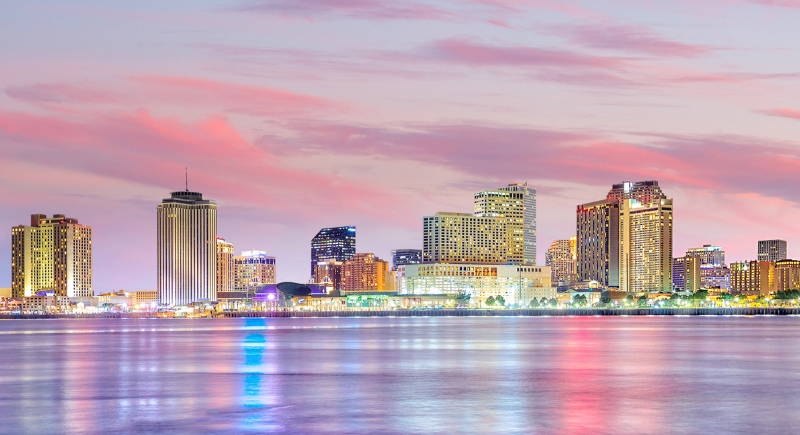
Credit: Getty Images
Mississippi ranks at the bottom for median household income. Public education struggles with consistent funding. Many counties don’t have a hospital within 30 minutes. Housing is cheap, but job availability is a constant challenge in both rural and urban areas across most counties.